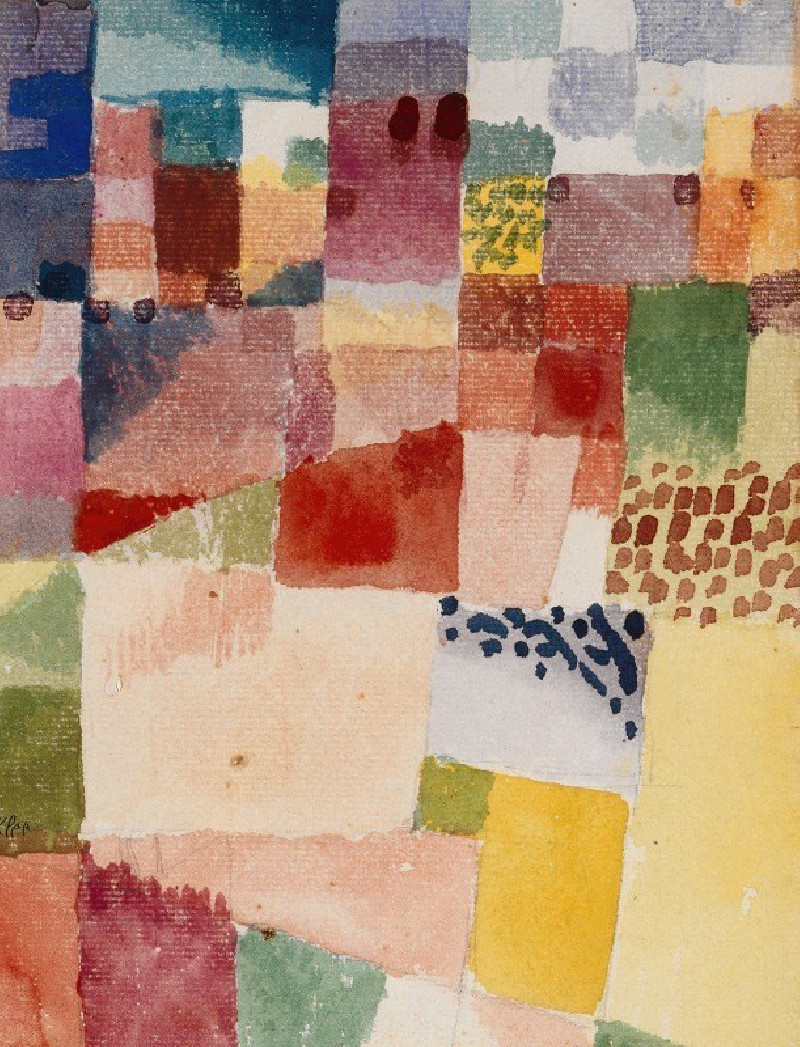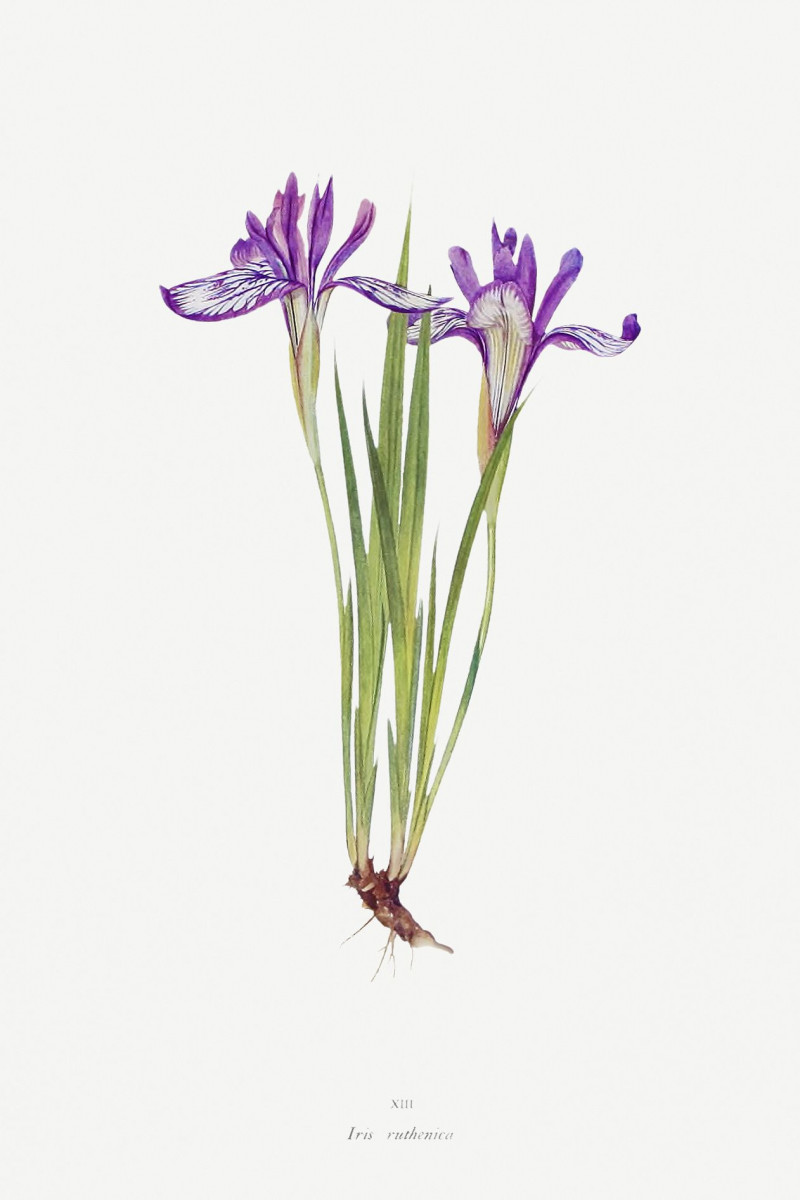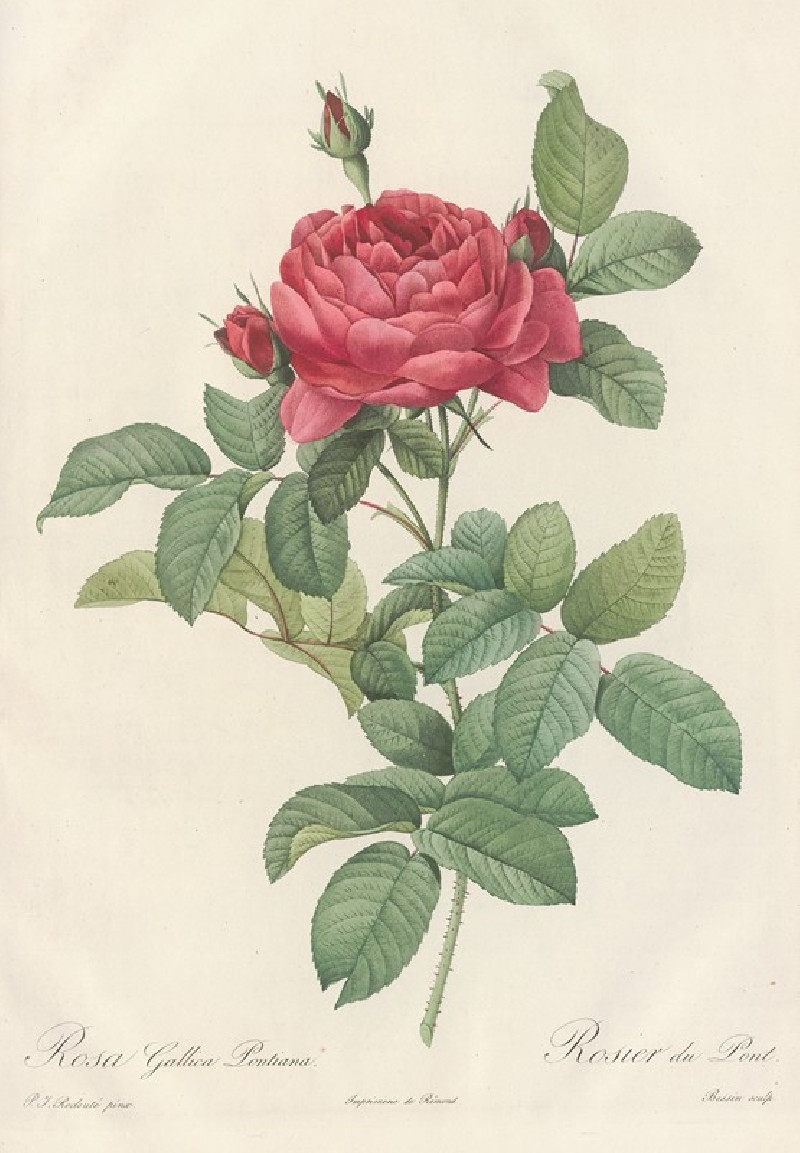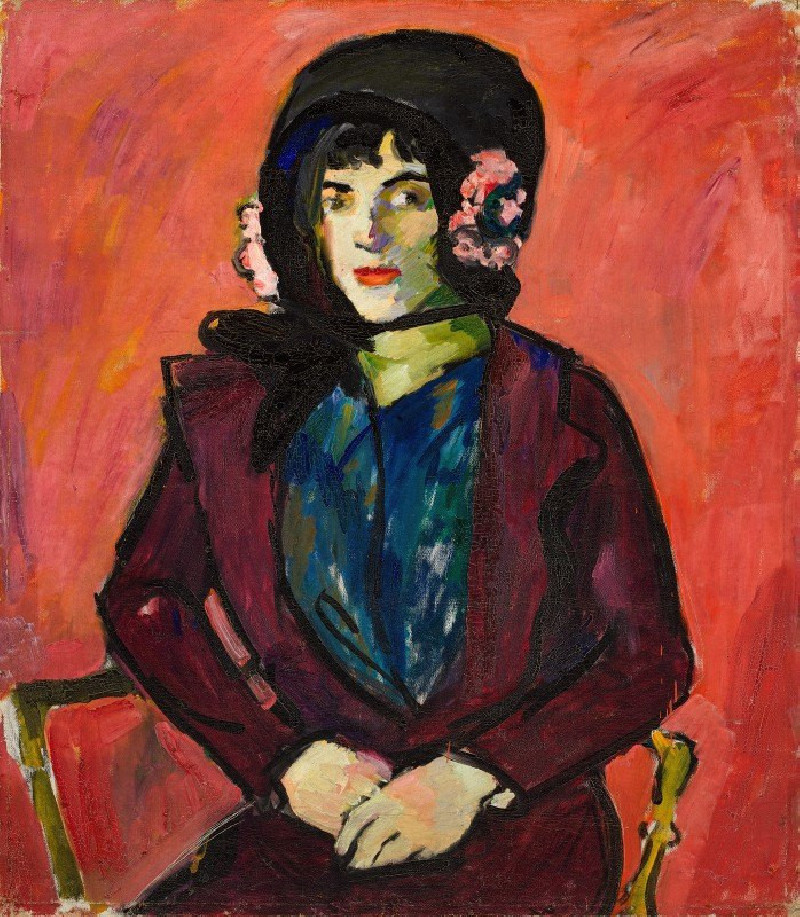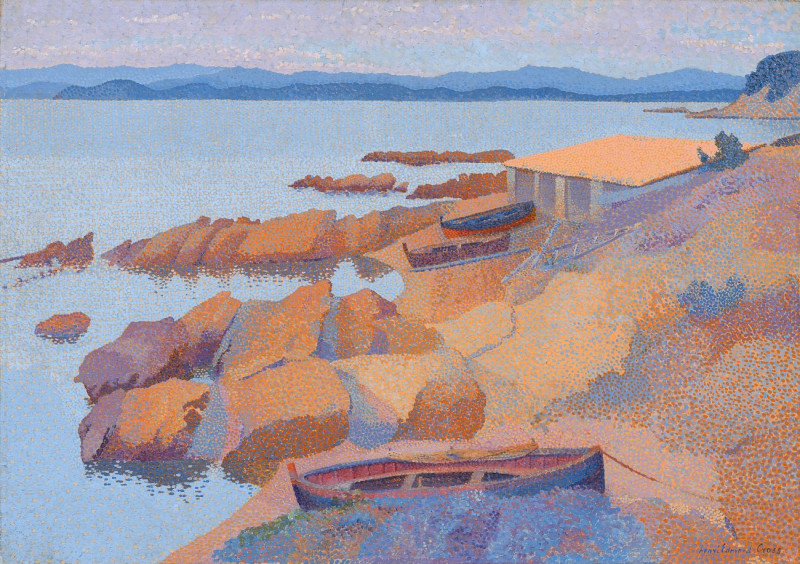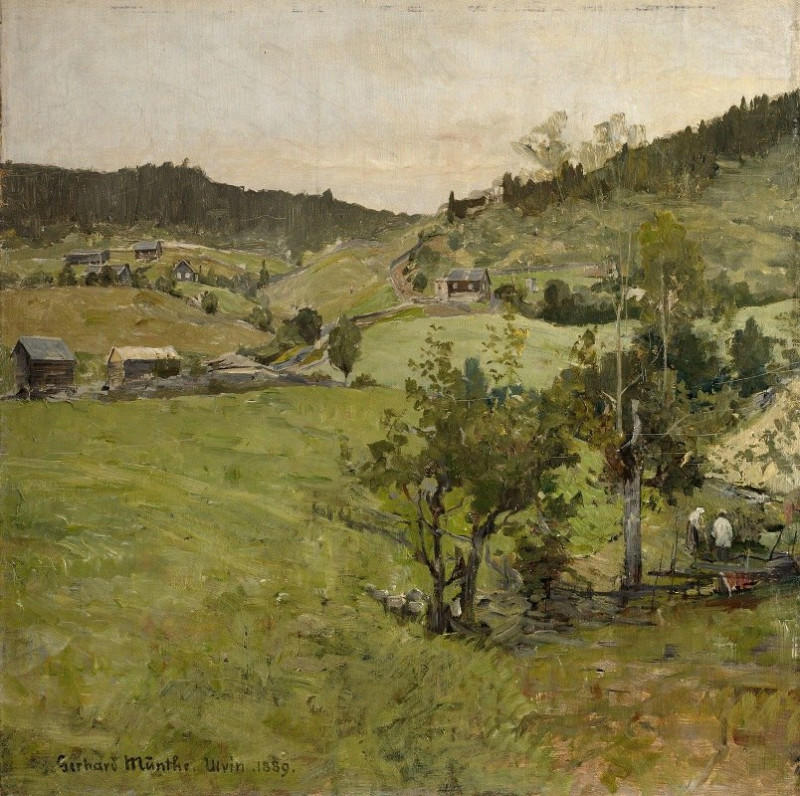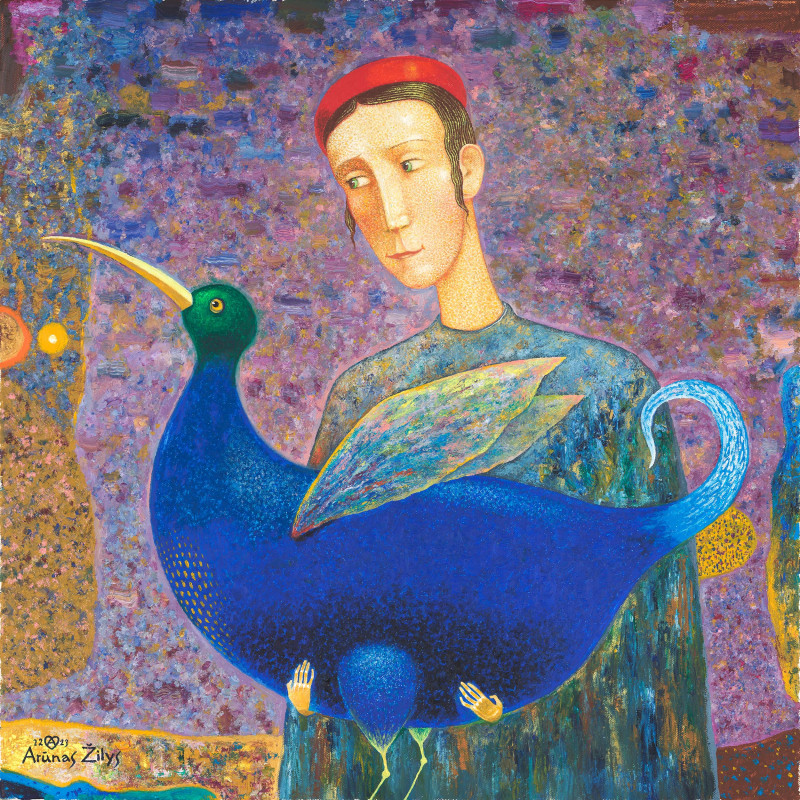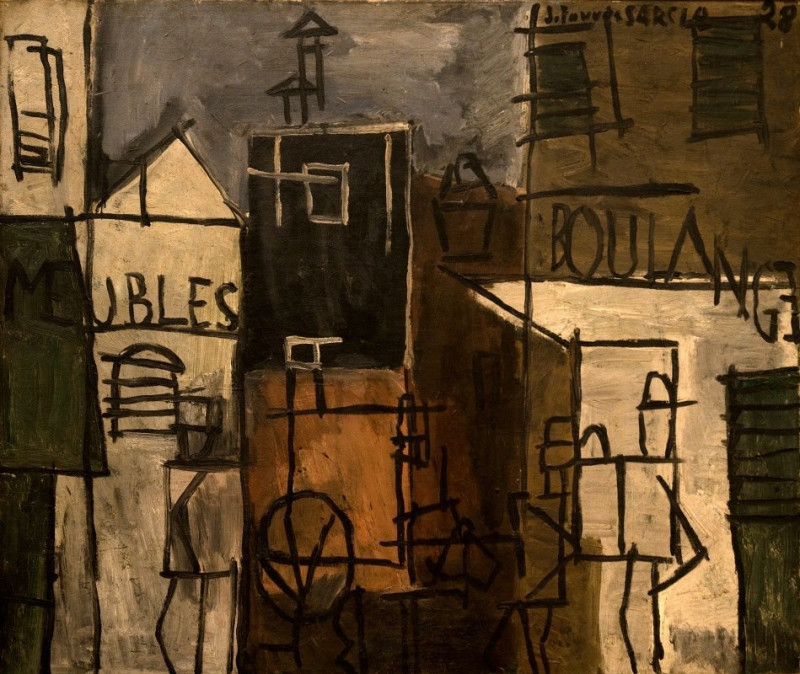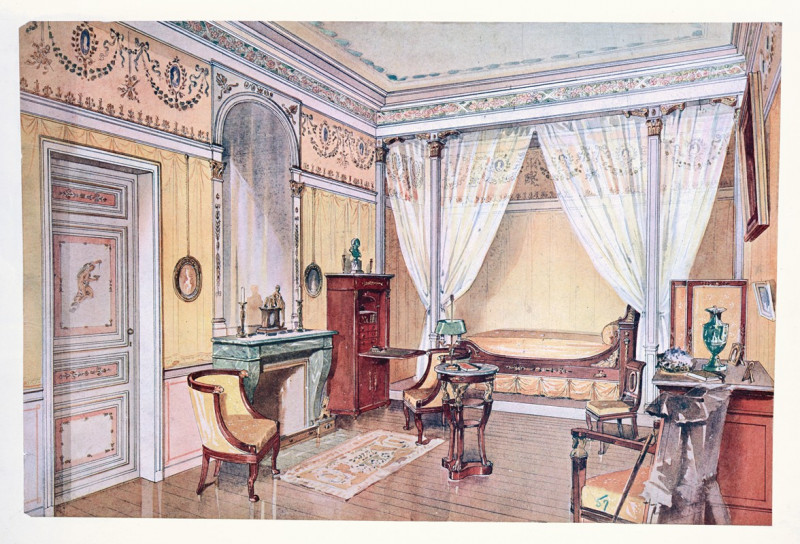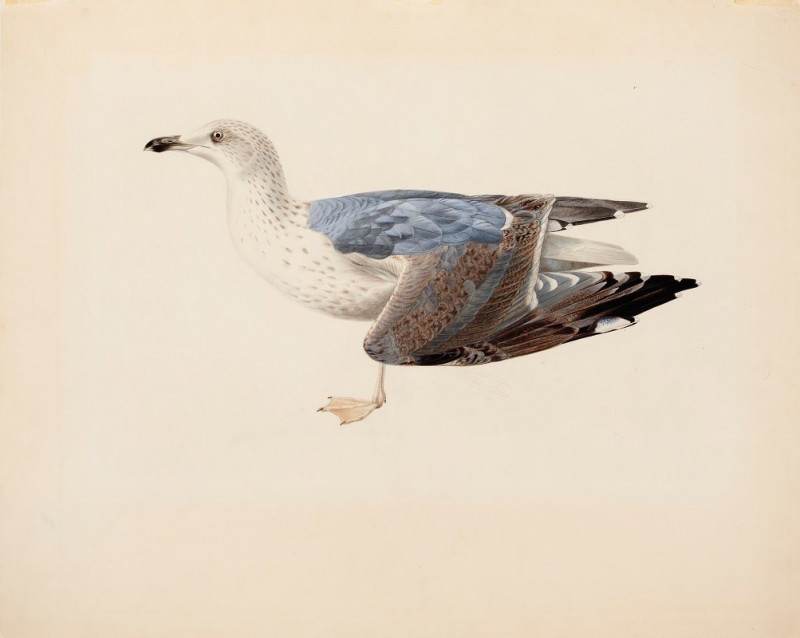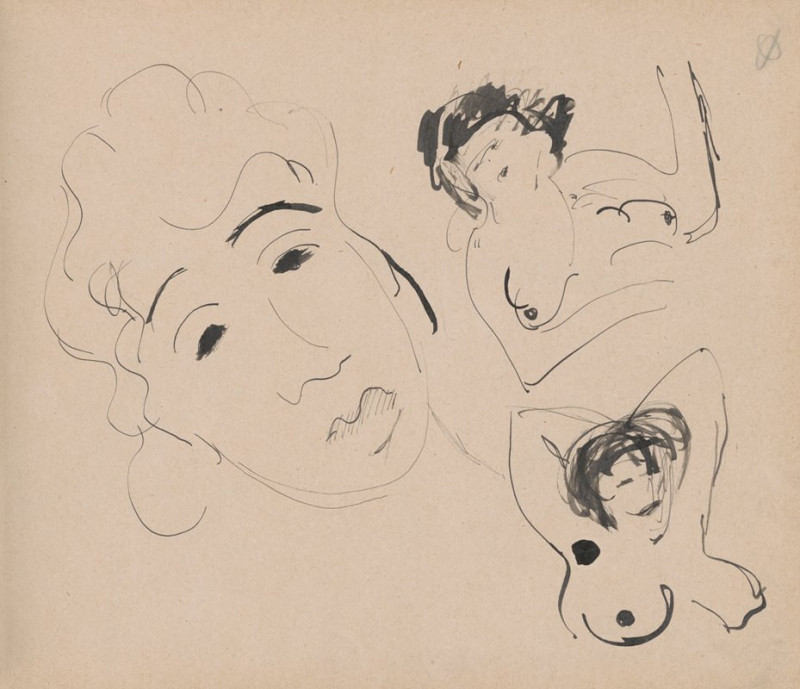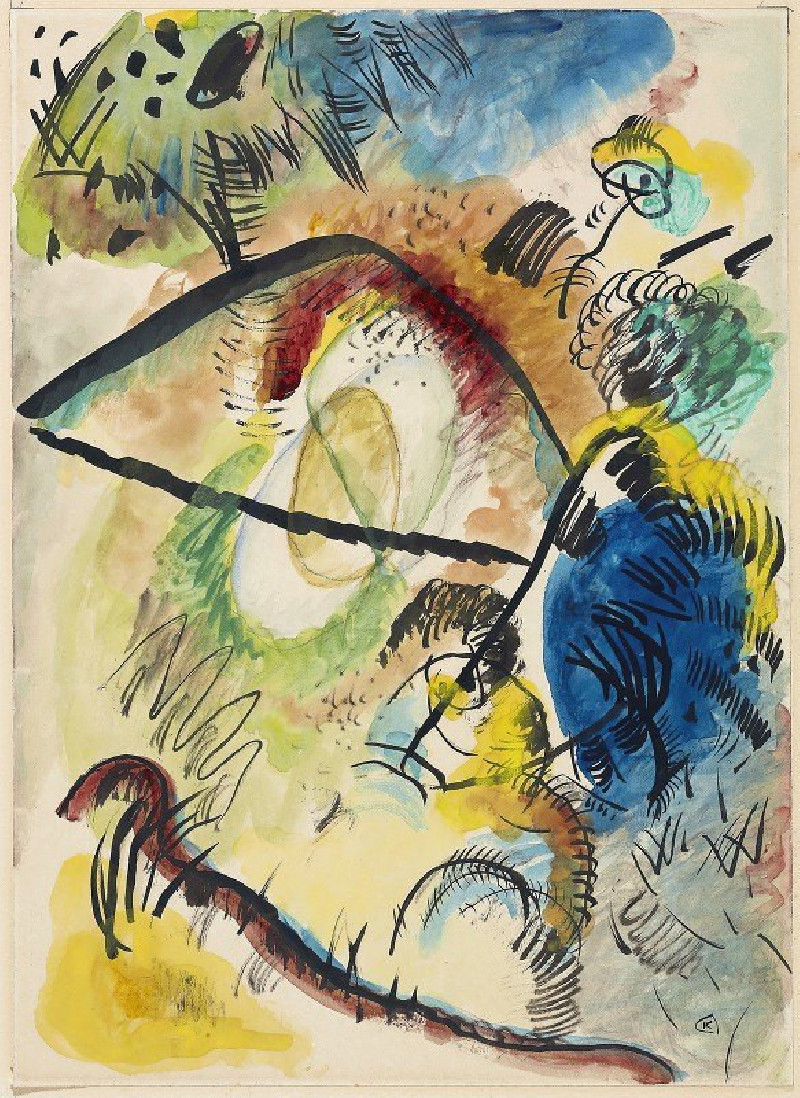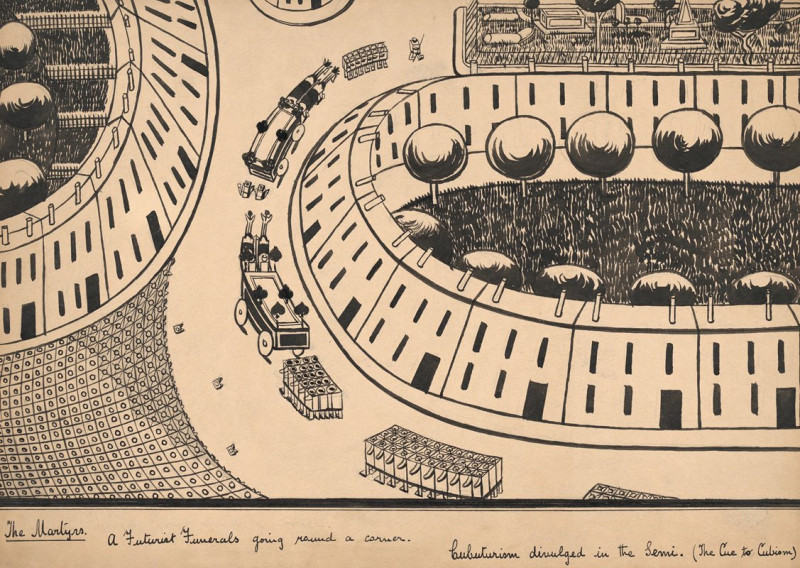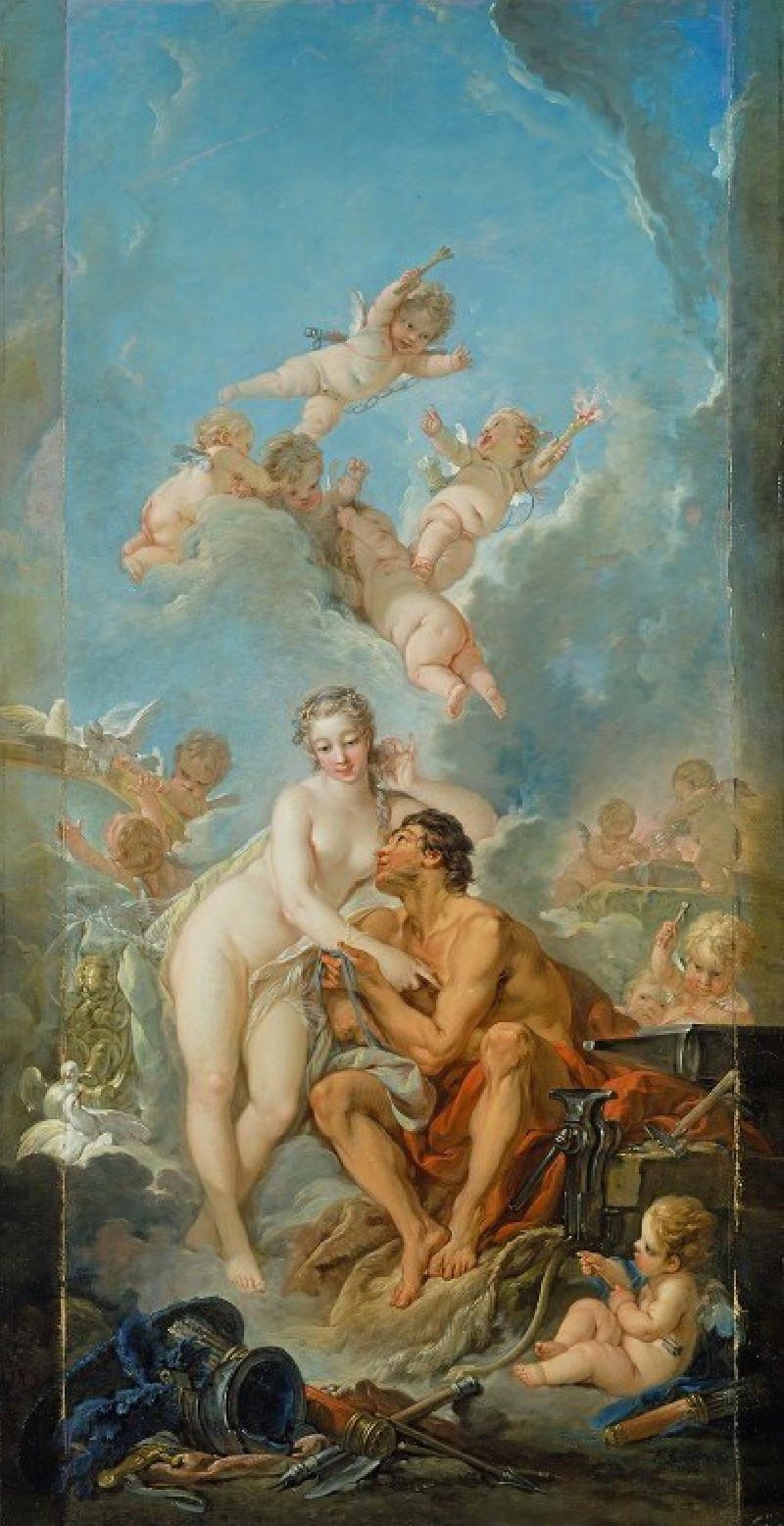Motif from Hammamet (1914)
Technique: Giclée quality print
Recommended by our customers
More about this artwork
___"Motive from Hammamet" offers an enchanting glimpse into the experimental essence of Paul Klee's style, which masterfully blends abstraction and representation. Painted during Klee's trip to Tunisia in 1914, this artwork captures the vibrancy and color of Hammamet's landscape and architecture.At first glance, the painting appears as a mosaic of colorful squares and rectangles, each piece an autonomous splash of color. Upon closer examination, the viewer may begin to discern subtle suggestions of a town scene – the blues and greens evoking the sea and sky, and the myriad of earth tones perhaps representing the facades of sunlit buildings.Klee's technique involves delicately layered watercolor, manipulating color intensity and tone to form a composition that is both rhythmically geometric and richly textured. Notice the occasional dappling effects and what appears to be the outline of palm leaves – these motifs hint at the exotic and lush environment of Hammamet.This work is not only a visual journey but also a testament to Klee's belief in the emotive power of color which he famously summarized in his words: "Color possesses me. I don't have to pursue it. It will possess me always, I know it. That is the meaning of this happy hour: Color and I are one.""Motif from Hammamet" is a beautiful representation of how Klee’s travels influenced his art, leading him to distill his impressions of the world into pure color and form, paving the way for modern abstract painting.
Delivery
Returns
Paul Klee was a Swiss-born German artist. His highly individual style was influenced by movements in art that included expressionism, cubism, and surrealism. Klee was a natural draftsman who experimented with and eventually deeply explored color theory, writing about it extensively; his lectures Writings on Form and Design Theory (Schriften zur Form und Gestaltungslehre), published in English as the Paul Klee Notebooks, are held to be as important for modern art as Leonardo da Vinci's A Treatise on Painting for the Renaissance.

